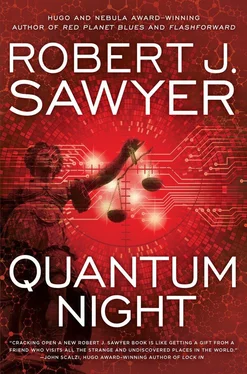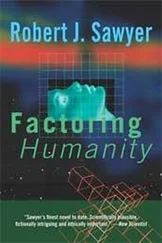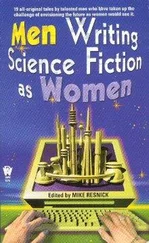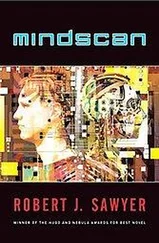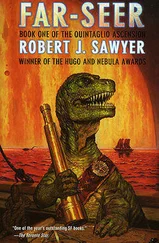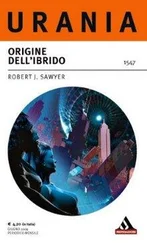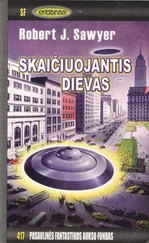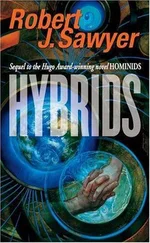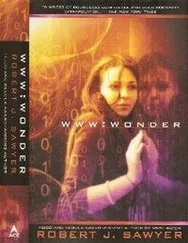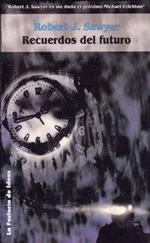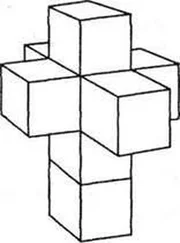Christ, I don’t think I’ve ever heard an orangutan joke in my entire life—well, except for The Simpsons singing “Help Me, Dr. Zaius” to the tune of “Rock Me Amadeus.”
“I don’t recall,” I said.
She shrugged a little. “Well, it was a long time ago. So, what’s up with you? Are you married?”
“I was, briefly. We divorced a couple of years ago. You?”
“Also divorced. I live with my daughter. She’s six.”
“What’s her name?”
“Ryan.”
I nodded. One of the many boy’s names that had become girl’s names in my lifetime. I’m waiting for one of my friends to name their daughter Buster or Dirk.
The waitress returned with my beer. I thanked her and took a sip. Kayla and I had had a fight—a big one that caused her to walk out of my life for two decades—but one that I didn’t remember at all. Maybe she’d been justifiably angry with me, or maybe she had wronged me horribly, but in a way that had never quite been so true before, it really was no skin off my nose. “Kayla,” I said, “about what happened, you know, all those years ago. I just want to say I’m sorry.”
She looked at me for a few moments, as if seeking something in my expression. Then she tilted her head slightly. “Thanks, Jim.”
I took a deep breath, then let it out. “Kayla, I need your help.”
“With what?”
“I, ah, I had an accident many years ago, about two months before we started dating. I don’t know if I ever told you…?”
“Not that I recall.”
“Well, I almost died. And apparently that did something to my memory. I—I’m sorry, I truly am, but until today, until you called, I had no memory of you.”
“Seriously?”
“I’m sorry.”
“Then why’d you want to see me again? You sounded so eager on the phone.”
“I am. I lost memories of six months—January to June 2001—and I want to get them back. I’m hoping you can fill in some of the gaps. Earlier today, I read some of our old emails, and—”
She looked aghast. “You kept those?”
“Printouts of a few, yeah.”
She took a sip of wine, then set the glass down carefully, as if afraid she might knock it over. “That explains why I haven’t heard from you in all the years since.”
“I’m sorry.”
A waitress glided by. Kayla tracked her movement, perhaps so she wouldn’t have to look at me. When the waitress had disappeared from view, Kayla dropped her gaze to the tablecloth. “I’ve googled you from time to time,” she said “You’ve done well.”
“Thanks.” Silence for a moment. “Okay,” I said, “one thing’s been bugging me. A lot of those emails ended with the number two-point-nine. What the heck does that mean?”
A spontaneous little smile—fond remembrance, perhaps? “You really have lost your memory, haven’t you?” She reached into her purse and took out a retractable ballpoint pen. She then pulled a paper napkin toward her. “You know how you make a love heart online? The emoticon?” She drew it: <3
“Yes?”
“It’s the less-than sign followed by the number three, see? And what’s less than three? Two-point-nine. So it’s a cute way of saying the same thing.”
“Ha! That’s really clever.”
She smiled again, and this time the warmth was unmistakable. “That’s exactly what you said all those years ago when I first used it.”
“So, forgive me, but… we were… we were in love?”
Her eyes tracked across the room again even though there wasn’t anyone to follow. “Oh, who knows? I thought we were, back then, but, well, we were just kids.”
I took another sip of my beer. “Yeah.”
The server came to take our orders—which was a case of opportune knockers, as it helped break the awkward moment. “What’ll it be?” she asked.
“Steak sandwich,” said Kayla. “Rare. With the Caesar, please.”
“And for you?”
“The vegan wrap,” I said.
“Very good,” she said, and sashayed away.
Kayla’s eyebrows arched up. “The vegan wrap? You used to love a good steak.”
She was right, but that had been before I’d read Peter Singer. The best-known modern utilitarian, Singer was the author of, among others, Animal Liberation, which had kick-started the whole animal-rights movement. Given humans can be perfectly healthy eating only plants, the minor increase in our happiness that we might get from the taste of chicken or beef in no way offsets the pain and suffering of animals raised or slaughtered in cruel conditions. “I’ve changed,” I said affably.
She narrowed her eyes, as if that were still somehow an open question. “You don’t mind that I’m having steak?”
“I’m from Calgary. If I couldn’t stand being around people eating beef, I’d never be able to go home again.”
“Ha.” She took another sip of her wine.
We chatted for the next half hour, during which our meals came, and, slowly but surely, she seemed to get comfortable with me, in part due, I liked to think, to my charm, and in part perhaps to a second glass of wine. She mentioned our dates from all those years ago that stood out in her mind, including a road trip one weekend down to Fargo; attending Keycon, Winnipeg’s annual science-fiction convention; seeing the Blue Bombers play; hanging out at Aqua Books and Pop Soda’s—both sadly now defunct—and going to a traditional Cree sweat-lodge ceremony. I’d hoped something would ring a bell, but I couldn’t remember any of them.
Kayla finally fell silent; it’s doubtless no fun reminiscing with someone whose only responses are, “Really?” and “We did?” and “Wow, that sounds like it must have been fun.” To fill the void, I delicately broached another topic. “So, um, you’re a New Ager?”
She practically did a spit-take with her wine. “What?”
“Well, I only glanced at your Wikipedia entry, but it said you were with something called the Canadian Enlightenment Centre.”
She had a wonderfully warm laugh. “You mean the Canadian Light Source. It’s a synchrotron, Canada’s largest particle accelerator; just under three gigaelectronvolts. It’s on the grounds of the University of Saskatchewan.”
“Oh! But it said you ‘explore consciousness.’”
“I do. Psych was your major, but just an elective for me; I was doing physics. But Warkentin’s course really got me interested in the mind, which is how I ended up working on the quantum mechanics of consciousness. After graduating from U of M, I headed off to the University of Arizona to study under Stuart Hameroff.”
“Who is?”
“An anesthesiologist. He was fascinated by exactly what he was doing when he deprived people of consciousness. Roger Penrose, a physicist who sometimes collaborates with Stephen Hawking, wrote a book that said consciousness had to be quantum mechanical; it couldn’t be just classical physics because of Gödel’s incompleteness theorem. Stuart read it and got in touch with him, oh, almost twenty-five years ago now. That’s why I’m at the Light Source; there’s a synchrotron specialist I’m working with there who’s got a technique for detecting superposition without promoting decoherence.”
“Ah,” I said. “Well, one must.”
She smiled warmly. “‘Superposition’ is that uniquely quantum condition in which something is in two states at once: for instance, not either here or there, but simultaneously both here and there. We call it ‘decoherence’ when superposition collapses. Anyway, my work builds on what Stuart brought to Penrose. Stuart said, look, an inhaled anesthetic, like halothane, affects the microtubules—the cellular scaffolding—in neurons. There are two-lobed pockets in the microtubules, and each pocket houses a free electron. When you’re awake, those electrons are in superposition, simultaneously existing in both the top and the bottom lobe. When the anesthetic is introduced, the electrons lose coherence, collapsing into being in just one or the other lobe—and when that happens, the patient ceases to be conscious.”
Читать дальше
